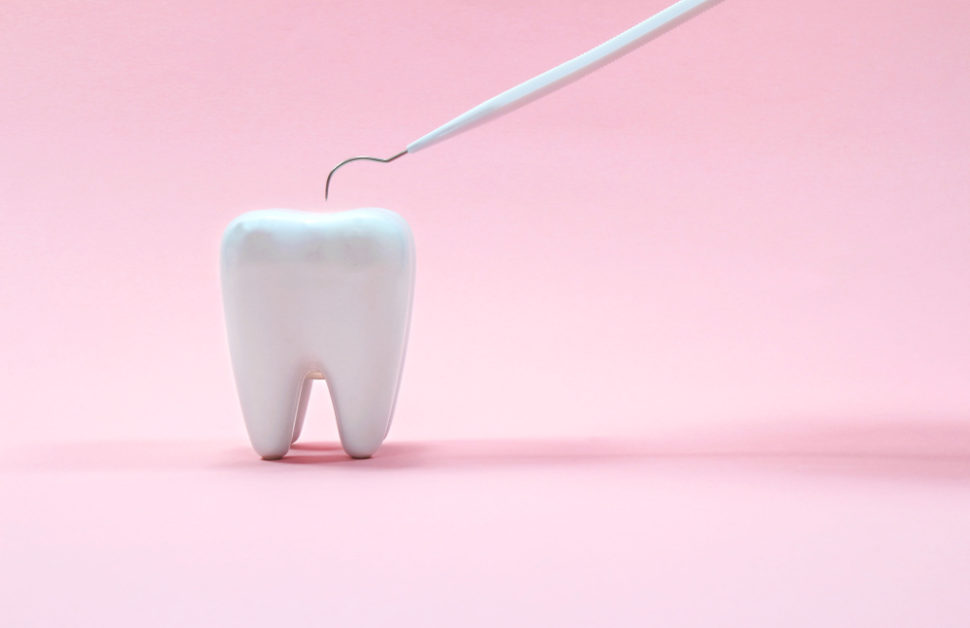Imagine a future where tubes of toothpaste are no longer necessary. And instead of pressing the paste on your toothbrush, you can simply deploy a crew of microscopic robots to clean your teeth.
Based on a publication in Science Robotics, that future is not so far off.
The paper states that a team of University of Pennsylvania researchers – which include engineers, dentists, and biologists – have developed a crew of microbes to wipe out dental plaque.
Two types of the robotic systems exist. While the team designed the first type to work on surface dental plaque, the other robotic system can get into confined spaces to clean up.
Using catalytic activity, these robots can destroy biofilms, sticky amalgamations of bacteria that are covered in a protective layer.
Now, here’s the good part: the researchers explained that the robotic biofilm-removal system has several potential applications. That means, alongside preventing implant contamination and endodontic infection, the cleaning method can also reduce the risk of tooth decay.
Speaking on the project, lead author of the study, Hyun Koo of the School of Dental Medicine and Edward Steager of the School of Engineering and Applied Science said;
“We’re leveraging the expertise of microbiologists and clinician-scientists as well as engineers to design the best microbial eradication system possible. This is important to other biomedical fields facing drug-resistant biofilms as we approach a post-antibiotic era.”
United In A War Against Biofilms
Biofilms can arise on biological surfaces (in a tooth or joint) and inanimate objects (like pipes and implants) alike. Whenever this happens, removing them is always a challenging task.
That’s because the bacteria has a sticky matrix that holds and protects it from antimicrobial agents.
In previous works, Koo and his team used nanoparticles containing iron-oxide to create a reaction that activates hydrogen peroxide. The hydrogen peroxide releases free radicals that can destroy biofilms in a targeted manner.
Within the same period, the Pennsylvania Dental Medicine team discovered that their colleagues at the engineering department were also working on a robotic platform.
Coincidentally, the robotic platform used a similar iron-oxide nanoparticle as building blocks for tiny robots. However, the engineers controlled the robot’s movement using a magnetic field
So, both teams decided to team up.
Using CARs To Remove Biofilms
By combining their powers, the researchers were able to design, optimize and test two types of catalytic antimicrobial robots (CARs) that can degrade and remove biofilms.
In the first platform, they suspended iron-oxide nanoparticles in a solution. Using magnets, they were able to direct the movement on the nanoparticles to remove biofilms on a surface.
The second platform involves embedding the nanoparticles into 3D-shaped gel molds. That way, the team could target and destroy biofilms in enclosed tubes.
Both types of CARs were effective. Not only did they kill the bacteria and break down the matrix, but debris was also removed with high precision.
According to Koo, the current treatments for dental plaque are ineffective because they cannot degrade the protective matrix, kill the embedded bacteria, and physically remove the biodegraded products simultaneously.
“These robots can do all three at once very effectively, leaving no trace of biofilm whatsoever,” the researcher noted.
The researchers currently enjoy support from the Penn Center for Health, Devices, and Technology and hope to push the innovation to the clinical application soon.


















Comments (0)
Most Recent